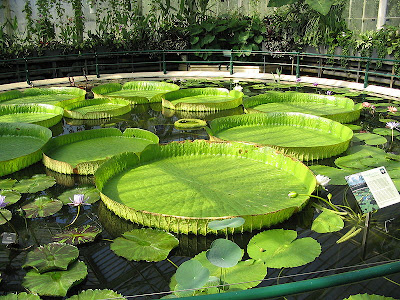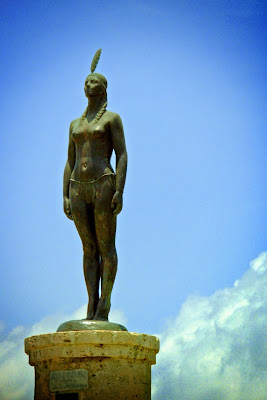Plant Biodiversity

Colombia, which ranks second in the world for plant diversity, is home to about 45,000 different plant species. Only Brazil, a country which is 6 1/2 times larger than Colombia, has more distinct plant species (about 55,000). This means that approximately 15% of plant species world wide are found in Colombia. Colombia is the second largest exporter of flowers to the world. (There is nothing like a Colombian rose on Mother's Day -- May 9th -- Hint! Hint!) One interesting statistic about Colombian biodiversity. Colombia makes up 1% of the planet surface, but it contains 10% of the world's entire biodiversity. Some of the more interesting plants of Colombia include: La Victoria (Victoria regia) which grows large enough for a child to sit on it and float. And the Frailejón (Espeletia schultzii) which grow in the páramo regions of Colombia. Pictures: http://es.wikipedia.org/wiki/Archivo:Victoria_regia_Kew_Gardens.jpg http://en.wikipedia.org/wiki/File:Rossettenstauden.JPG








